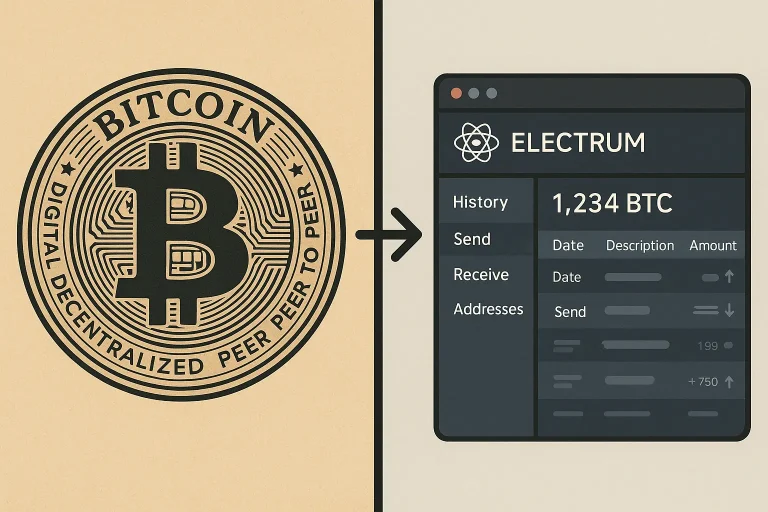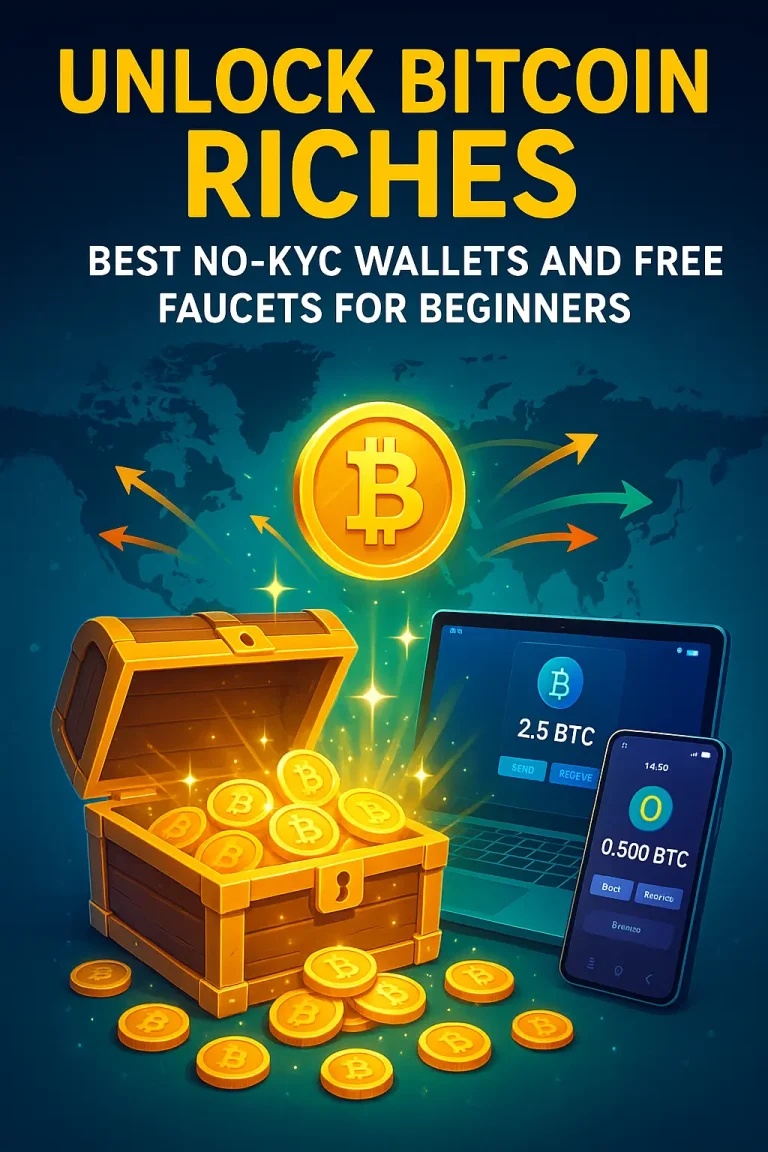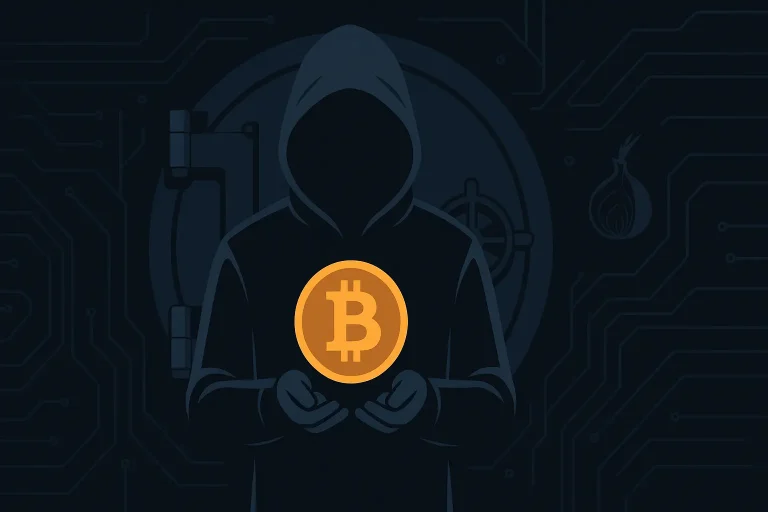
Tactical breakdown on digital assets funnel strategy for digital business—engineered for strategic leverage in modern monetization frameworks. Or in simple words this is all about digital funnel ROI.
The Dirty Math Behind the Digital Assets Funnel Strategy.
What if I told you your “digital strategy”—the one you downloaded from some $297 webinar funnel—is upside down? That the way most people build digital businesses isn't just wrong… it's damn near backward?
Let me back up.
A couple years ago, I consulted for a guy named Leon. Mid-30s. Big talker. He was selling pre-recorded video courses on Shopify dropshipping. Claimed he had a “system.”
Here was the system:
- Run ads
- Sell course
- Profit
Except he wasn’t profiting. He was bleeding. For every $100 he spent on ads, he was lucky to make $61. And he couldn’t figure out why. “My course is solid,” he kept saying. “People love it.”
Problem was: he was selling the end before the beginning. No funnel. No assets. Just brute force and hope.
And that’s what this chapter is about: how to build a digital business the real way. With leverage, not luck. With assets, not noise. And with a funnel that actually prints when done right.
So if you're tired of spinning your wheels and want to build something that lasts—something that keeps paying you while you sleep, while you screw up, while you travel or go dark for a week—read every damn word.
The Truth Most “Digital Experts” Skip
Most advice starts with content. “Build your brand. Post daily. Show up for your audience.”
Not bad advice. Just incomplete.
Because what matters more is where you put that effort. If you’re building on borrowed land—Instagram, TikTok, YouTube—then you’re basically constructing your house on someone else’s property. They change the rules? You're toast.
Want proof? Ask anyone who built a huge Facebook Page audience in 2015. When the algorithm changed, reach dropped by 83%. Overnight.
The smart ones started moving differently. They built email lists. They made evergreen offers. They built digital assets that didn’t vanish when a platform coughed.
So what the hell is a digital asset?
Think of it like this: If it works while you sleep, and you own it, it’s an asset.
A course. A lead magnet. A landing page that converts. A weekly newsletter with 5,000 people on it. A micro-app. Even a damn Notion template.
If it lives online, helps or solves, and earns you leverage—it’s a digital asset.
Stack the Assets, Build the Funnel
Most people build one thing. Sell one thing. Then pray.
That’s not a strategy. That’s gambling with good intentions.
Real operators stack assets.
They don’t just sell the course. They use a free lead magnet to build the list. Then a mid-tier product to build trust and filter buyers. Then high-ticket or recurring to monetize the backend.
Sarah (not her real name) figured this out after failing twice. She launched an eBook on Etsy. $19. Low sales. She pivoted, made a $0 email-gated checklist. Her list hit 2,200 in 3 weeks.
Then she offered a $49 toolkit. 312 people bought. That’s $15,288.
She followed up with a $297 mini-course. 74 buyers. Another $21,978.
She’d built a funnel. Not a leaky bucket.
Digital Funnel Anatomy (No Buzzwords)
Forget “tripwires” and “value ladders” for a sec. Here’s the dirty version:
- Bait: Your email magnet. Something fast. Something useful. No fluff.
- Bridge: The mid-ticket thing. $29-$199. Proves you’re legit. Warms them up.
- Bank: The big play. High-ticket, recurring, or scalable offer.
Don’t have all three? That’s fine. Build in stages. Just know this: The profit isn’t in the first sale. It’s in the flow.
Most gurus? They teach front-end hustle. Few understand backend compounding.
Want a real number? Leon rebuilt his funnel. Went from losing $39 per lead to netting $412 per customer over 60 days. Same course. Different structure.
Where to Find Digital Asset Gold
Look in places people overlook.
Got a spreadsheet you use daily? Turn it into a paid template. Explained a process 17 times last month? Record it. Sell access. Built a script to automate some boring task? That’s a mini SaaS.
Some of the best digital products are hiding in plain sight. Solve something real. Package it simple.
Don’t polish too much. One creator I know sold a $99 email workshop that was literally Zoom + Google Docs. Made $6,300. No slides. No drama.
Recurring > One-Time
Here’s the ugly truth:
One-time products make you feel good. Recurring products make you rich.
You can grind for 10 new customers each week… or build something one person pays for monthly, indefinitely.
Think memberships. SaaS. Paid newsletters.
Hell, even coaching retainer packages with digital delivery.
You don’t need 10,000 buyers. You need 100 who stick.
Ben (again, not his real name) started a niche subscription: $12/mo for prompts + creative exercises for screenwriters. Took him 9 days to build. Now nets ~$4,400/month from it. And climbing.
Email Is the Asset Most People Ignore
Social is loud. Email is leverage.
You control it. You own it. And when it’s set up right, it prints.
Don’t overthink it. Start ugly. One lead magnet. One welcome sequence. Weekly value drop. Add segmentation later.
Open rates > followers. CTR > likes.
Also, email multiplies every other digital asset. Think flywheel.
When Sarah added email to her Etsy flow? Her conversions jumped 3.1x.
Email isn’t dead. It’s underused.
Closing Tactic: Build Once, Stack Forever
Every digital asset you create is a little soldier.
Courses. Templates. Swipe files. Funnels. Scripts. Subscriptions.
Each one stacks. Each one pays. And each one can be reused, reshaped, repurposed.
The first ones will suck. That’s normal.
Just start. Make one. Make it useful. Then stack.
The funnel isn’t magic. But done right? It’s leverage on autopilot.
You want a digital business that scales?
Don’t start with the product.
Start with the assets.
Then stack the damn funnel.
Monetization Models That Don’t Suck (And a Few That Do)
Here’s where most digital rookies tank: they pick the wrong revenue model for their stage.
Let me explain.
You don’t sell a $2,000 course to a cold audience. That’s like proposing on the first date—with garlic breath and your fly down. No one’s saying yes.
Instead, you need layers.
Here’s what works (ranked by ease of entry, not just profit):
- 1. Low-ticket + Volume (eBooks, templates, swipe files):
Fast to build. Quick dopamine. But you’ll need lots of buyers or a killer upsell path.
Best for: Growing your list, proving an idea, or making your first $500/month online. - 2. Mid-tier Info ($49–$299 toolkits, workshops, mini-courses):
Great trust builders. Best part? You can repurpose content across offers.
Best for: Testing high-ticket later or priming a coaching offer. - 3. High-ticket / Cohort / Done-for-You ($1k–$10k+):
Heavy lift. Requires proof. But margin? Insane.
Best for: Consultants, freelancers, or creators with niche clout. - 4. Recurring / Membership ($9–$199/month):
The goldmine. Harder to start, easier to scale. Stickiness = income stability.
Best for: Niches with ongoing need—fitness, finance, biz ops, creative workflows.
Now, wanna hear where people screw this up?
They try to bolt on all four at once. No testing. No audience. Just a digital buffet of chaos.
My advice? Start with the one you can build in 7–10 days max. Ship it dirty. Then iterate fast. Iterate hard.
Behind the Curtain: What Email Funnels Actually Look Like
Let’s kill the fantasy right now: most “perfect” funnels you see online? Airbrushed lies.
What works in the wild looks messier, chunkier, and far more human.
Here’s the raw skeleton I use (and teach my consulting clients):
Day 0: Lead Magnet Download → Confirmation → “Here’s what’s coming”
Day 1: Story email (pain, stakes, personal screw-up)
Day 2: Quick win (small actionable tip or download)
Day 4: Soft pitch (low-ticket or waitlist)
Day 6: Case study (with numbers)
Day 7: Hard pitch (limited slot, urgency, or scarcity)
That’s it. Seven days. No fancy automation. No “11 email workflows with conditional logic based on lunar phases.” Just a warmup. A drip of trust. Then the ask.
I once had a funnel where Email 3 was just:
“Hey—this part surprised me when I figured it out. It’s stupid simple, but saved me 22 hours/month. Want the doc?”
60% open rate. 17 replies. 4 sales. From a list of 210.
Real email wins come from clarity, not cleverness.
Don’t “Scale” Too Soon (You’ll Regret It)
Every time someone says, “I’m ready to scale,” I twitch.
Because nine out of ten times? They haven’t nailed the unit economics yet.
Here’s the litmus test:
If I gave you $100 to spend on ads, can you turn that into $150 (within 14 days) without touching it?
If yes, you’re ready to scale.
If not, you're about to burn money faster than a crypto influencer in a rug-pull.
I’ve seen six-figure Instagrammers with 200,000 followers who couldn’t make a profit on $20/day in spend. Meanwhile, one ex-librarian I coached turned a $900 Google Sheets template into $17,000 in 3 months—with zero paid traffic.
Leverage isn’t about scale. It’s about stacking the right sequence of assets, then tweaking the conversion points like a lunatic until they hum.
“But I’m Not an Expert” Syndrome (Kill It Now)
Let’s hit this one square in the teeth.
A ton of smart people never build their funnel because of this one killer thought:
“I’m not an expert. Who’s gonna listen to me?”
Here’s the truth no one tells you: the best digital assets don’t come from gurus—they come from translators.
You don’t need to be the wizard. You just need to be the guide a few steps ahead.
Think about it:
- The fitness trainer isn’t Mr. Olympia. She’s the mom who lost 37 pounds post-pregnancy and documented how.
- The productivity nerd isn’t a monk. He’s the guy who built a Notion dashboard that saved his sanity.
- The coding tutor isn’t a Google engineer. She’s the one who explained Python without sounding like a damn textbook.
Don’t teach from a pedestal. Teach from the trenches.
Platforms That Actually Move the Needle
Alright—so where do you launch all these assets?
Here’s the brutally honest rundown (no fluff, no affiliate links):
- Gumroad: Great for starters. Fees are fine. Audience-building tools are weak.
- ThriveCart + Learn: More robust. One-time fee. Better if you’ve got 2+ offers.
- ConvertKit: Email + digital sales + simple automations. Surprisingly underrated.
- Podia: Clean UX. Good for memberships + courses. Slightly pricey for beginners.
- Substack: For email-first thinkers. But monetization is slow unless you’ve got a niche.
- Shopify / WooCommerce: Overkill unless you’ve got a real product catalog.
My take? Start dirty on Gumroad or ConvertKit. Once you're seeing $1k/month? Upgrade. Clean up the backend. Layer in more complexity only when profit justifies it.
The Content Flywheel: Don’t Waste the Juice
A little side tactic most people miss: repurpose like a fiend.
That 12-minute mini-workshop you recorded for your list? Chop it into 4 reels. Turn the transcript into a blog post. Pull 3 quotes for Twitter. Slap a carousel on LinkedIn.
One idea = seven formats = 4x traffic = 3x email signups.
You’re not “too late.” You’re just under-optimized.
Even if you’re small, this flywheel lets you punch way above your weight.
A guy I mentored named Yusuf had 412 Instagram followers. He turned his best tip into a 30-second Reel + tweet thread + email. Got 111 email signups. Closed 9 sales at $99. In 4 days.
Distribution > genius. Every time.
What Happens After the Funnel Works
Here’s the part no one warns you about:
Once the funnel works? You’ll get bored.
Really.
When it’s humming—emails firing, sales ticking, list growing—it feels like cheating. And your brain will scream: “Let’s burn it down and build something new!”
Don’t.
That’s where the money is.
Resist the urge to tinker endlessly. Let the system breathe. Study the bottlenecks. Add a new layer only when you’ve squeezed the current one dry.
And yeah—maybe it will get boring.
But your bank account won’t.
Final Word: Your Assets Are Insurance Against Chaos
You want leverage? Real leverage? Not just flashy numbers?
Build assets that don’t care if you get sick. Or move cities. Or nuke your Twitter account. Or walk away for a month.
I had a product that made $743 in a month I didn’t even open my laptop.
Not bragging. Just proof.
It works—if you stack slow, smart, and strategic.
Bottom line?
You don’t need to go viral.
You don’t need a 9-step funnel built by ex-Facebook engineers.
You just need 3 things:
- A useful idea
- A clear container
- A way to deliver it
And then?
You ship it.
Dirty. Fast. Real.



